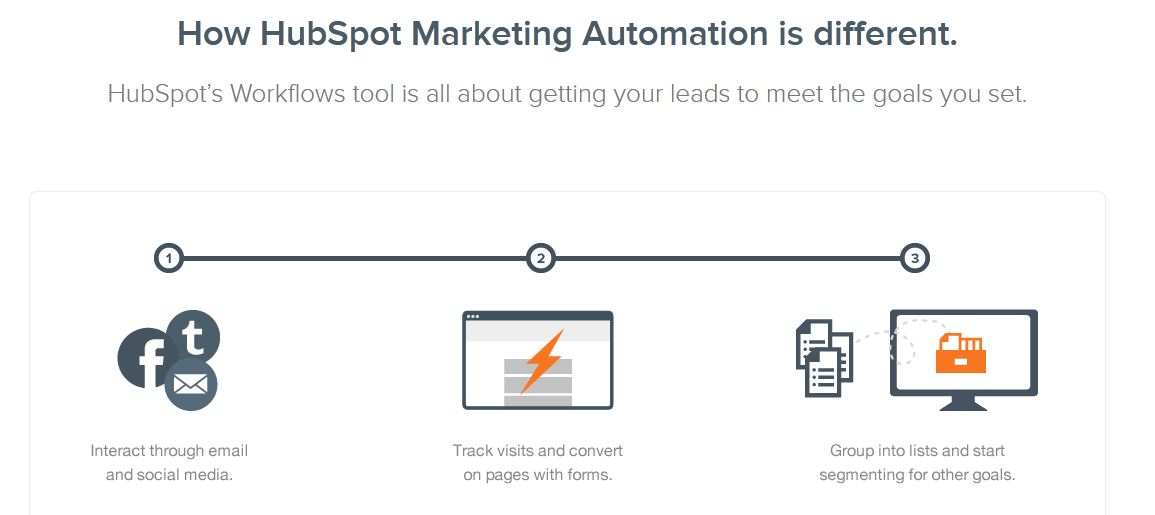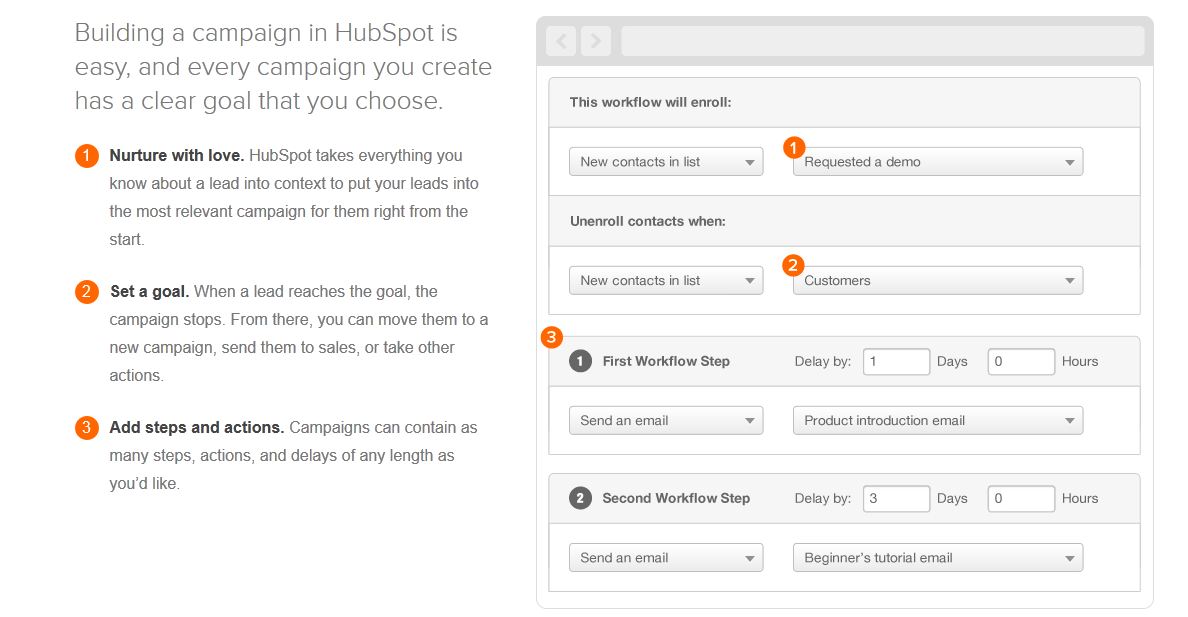When I was 24 years old, I started a business with my fiancé (now husband) and one of our best friends. Three years later, our business and marriage are stronger than ever (thankfully!) but not without a few bumps along the way.
If you’re considering starting a company with your spouse or significant other, or if you already have a business and you’re considering bringing your significant other into the mix, make sure to run through this checklist in order to avoid potentially major headaches down the road:
- Have an emergency fund in place. Money is the number one cause of divorce, and cash flow tends to be the number one challenge for new businesses. When we first started out, we waited months to get our business cash flow in order and get paid. But we didn’t stress, because we had saved a personal emergency fund ahead of time.
- Get an office as soon as possible. You shouldn’t run out and get an office right away, but see if you can start budgeting for an office or co-working membership as soon as possible. We spent the first year of our business working from home, but we also joined a co-working group and got together with other entrepreneurs twice a week at a local coffee shop just to get out of the house and find camaraderie. Co-working spaces often offer flexible part-time memberships that will give you a more budget-friendly opportunity to get out, meet new people and maintain sanity.
- Know your personality types. I tend to draw my energy from being around other people, while my husband draws energy from focused time by himself. I have my best focus and energy in the morning, while he works best late at night. And I’m very focused on the big picture, while he does better with the details. By understanding our own strengths, we’re better able to find areas where we complement each other. Consider taking a personality assessment to figure out your individual strengths and how you can best work together.
- Define your roles. Along with knowing your personality types, you should have clearly defined roles within the company. Write job descriptions for yourselves and set clear expectations about who will take on which tasks for the business.
- Make a point to engage in separate hobbies. When you’re starting out, you’ll be spending a lot of long hours working together to get the business off the ground. It sounds strange to say, but it’s important to make a point to schedule activities apart. When we started our business, I got involved in the local photography community, while my husband got more involved with the organizations in the local startup scene. This added some balance to our lives and gave us something new to talk about outside of work.
- Discuss your tolerance for risk. Because our business is our main source of income, my husband and I tend to be less risk-averse than we might be if we worked separately. We decided early on that we wanted to take a “slow and steady” growth path with no debt, loans or investments, but we reevaluate our views on tolerance for risk regularly.
- Balance praise and constructive criticism. Make a point to thank each other for a job well done, and be kind about how you approach constructive criticism. In a close relationship, we often forget these basic rules of business.
- Have a sense of humor. Don’t take yourself too seriously. Take time to find humor and happiness in the little things each day (I’ve been known to break into song and dance during the work day).
Starting a business with your spouse can be one of the most challenging and rewarding things you can do. There will be tears and laughter. There will be celebrations and frustrations. But in the end, there’s nothing like sharing the payoffs of working together toward a common goal with your life partner.
Allie Siarto is the co-founder of Loudpixel, a social analytics company focused on social media monitoring, insights, measurement and infographics. She also runs a project called Entretrip, a co-traveling experience for location independent entrepreneurs, and a digital marketing innovation podcast called The Apt Marketer.
The Young Entrepreneur Council (YEC) is an invite-only organization comprised of the world’s most promising young entrepreneurs. In partnership with Citi, the YEC recently launched #StartupLab, a free virtual mentorship program that helps millions of entrepreneurs start and grow businesses via live video chats, an expert content library and email lessons.
image: justmarried






















